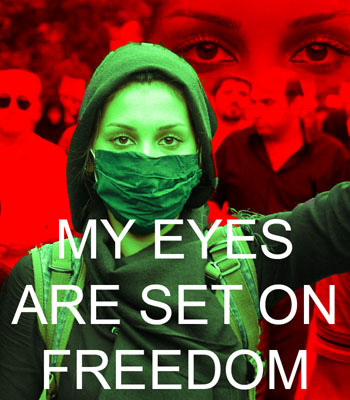Trafficking in cultural property ‘source of enormous illicit profits,’ UN official tells forum
Source:UN News.
5 November 2015 – Trafficking in cultural property has increasingly come to the attention of the international community and represents a source of enormous illicit profits, an official from UN Office on Drugs and Crime (UNODC) stressed today at a special event in St. Petersburg, Russia.
“In recent years, the world has witnessed the growing involvement of violent extremists and terrorists in the destruction, looting, trafficking and sale of cultural property, in complicity with organized criminal groups,” John Brandolino, the Director of UNODC’s Division for Treaty Affairs, told delegates attending a special event of the world’s largest anti-corruption forum.
“The challenges presented by this phenomenon are complex and multi-faceted, and clearly require responses at the national level as well as strong regional and international cooperation to meet them,” he added.
Mr. Brandolino said UNODC is honoured to be part of the global initiative recently launched at UN Headquarters in New York to protect cultural heritage and mobilize the international community against the trafficking and destruction of cultural property by terrorist groups and organized criminal networks.
“There is also growing awareness and evidence of the increasing involvement of organized criminal groups in the looting, trafficking and sale of cultural property,” he explained. “Such groups are also often involved in other types of crimes, such as illicit arms and drug trafficking, money-laundering, corruption and terrorism financing.”
According to UNODC, proceeds of transnational crime related to art and cultural property may amount to some 0.8 per cent of all illicit financial flows, between 3.4 and 6.3 billion dollars every year.
“Trafficking in cultural property is also used to launder the proceeds of crime, and has been identified as a source of financing for terrorist acts,” Mr Brandolino added. “This is clearly an urgent threat requiring the attention of the international community.”
In addition, he noted that there have been some relatively recent pronouncements on this subject by the UN community, including at the 13th United Nations Congress on Crime Prevention and Criminal Justice, held in Doha in April, as well as by the Security Council through a number of resolutions.
Meanwhile, he recalled that both the UN and the international community have some existing tools and frameworks available, such as the Hague convention of 1954, the UN Convention Against Corruption and the United Nations Convention Against Transnational Organized Crime.
In conclusion, Mr. Brandolino emphasized the importance of getting all organizations and national authorities represented at the forum to work together in addressing the challenges posed by the looting, trafficking and sale of cultural property.
Source:UN News


